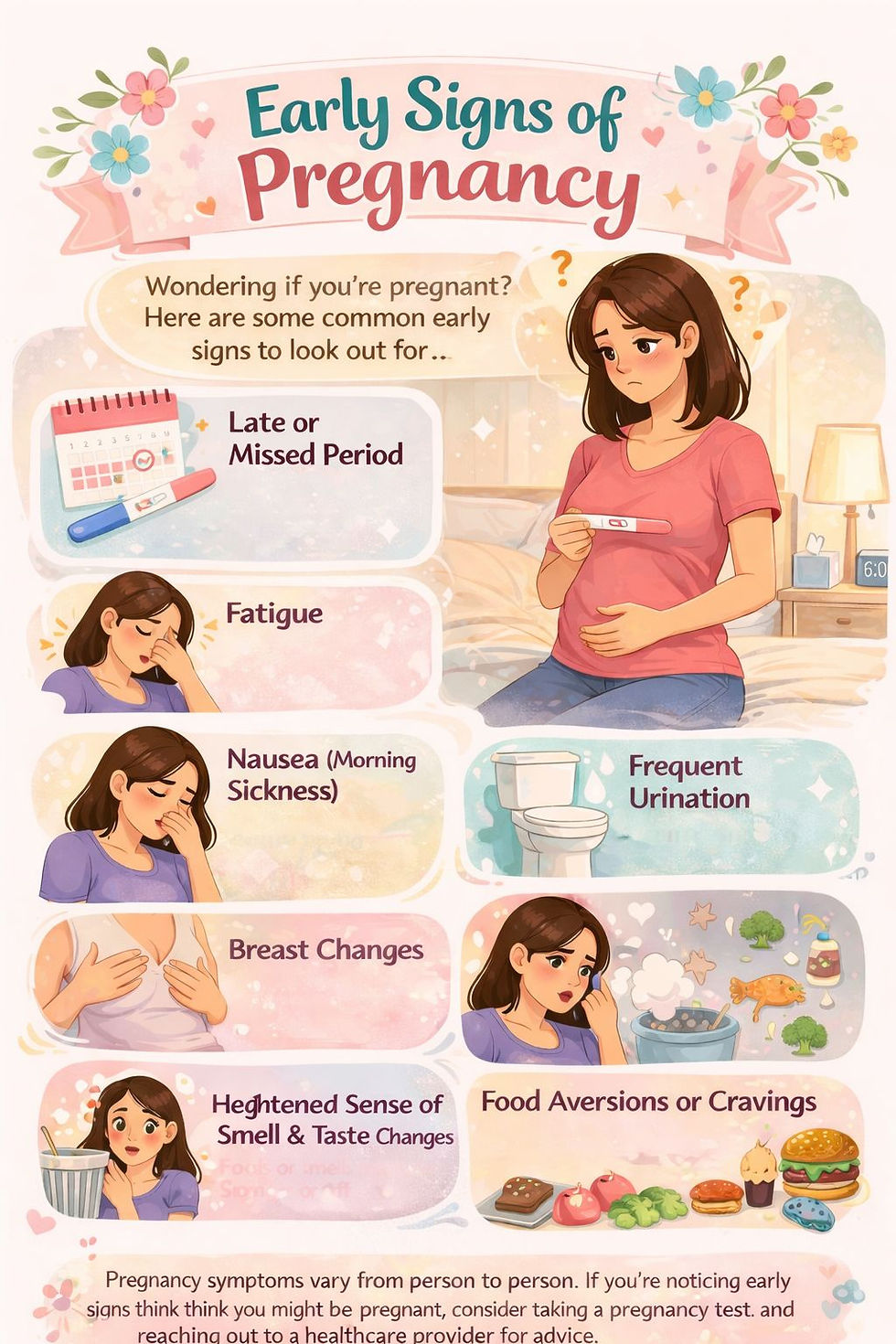Induced labour
- Dr Peter Chew

- Sep 28, 2018
- 2 min read
I am in my 38th week of my pregnancy. This is my first pregnancy and my blood pressure had increased from 120/70 to 140/90 over the last 3 weeks in spite of taking medications. My obstetrician suggested that I should be induced soon. What is induced labour? How is it done? Are there any risks?

A. An induced labour is one that is started artificially by your obstetrician who probably thinksthat your baby would benefit from an earlier rather than later delivery. This is because hypertension may affect the placental function and threaten your baby’s well being.
Other medical reasons for induced labour include:
Prolonged pregnancy
When the pregnancy is overdue for one week or more, there is an increased risk of foetal compromise and stillbirth. Ageing of the placenta will reduce the oxygen supply and nutrients to the foetus.
Premature rupture of membranes
When the membranes covering the foetus are ruptured prematurely before labour starts, there is an increased risk of infection to both the mother and the baby. Diabetes and chronic renal diseases, which will affect foetal growth.
Intrauterine growth restriction
This is a condition in which the foetus fails to grow at the expected pace.
Intrauterine infection
The well being of both the mother and child is jeopardized.
Placental abruption
The placenta peels away from the inner wall of the uterus before delivery either partially or completely.
The methods of induction commonly done locally are as follows:
Membrane sweep
The membranes surround the foetus and hold the amniotic fluid in. During the membrane sweep, the obstetrician sweeps his finger around the opening of the cervix (neck of the womb). This may stimulate labour to start.
Prostaglandin
Prostaglandin is a substance that causes the cervix to soften and may stimulate contractions. It is inserted vaginally as a tablet, pessary or gel.
Artificial rupture of membranes (ARM)
The membranes are broken by the obstetrician using a long thin rod with a small hook at the tip.
Oxytocin
Oxytocin is a hormone that causes uterine contractions. It is given into the vein via a drip.
Risks of induction include:
A need for caesarean section(C.S)
If labour does not progress or if foetal distress occurs during induction, emergency CS may have to be done. Prostaglandins and oxytocin may cause over-stimulation of the womb which becomes very hard with frequent and prolonged contractions. This could lead to foetal distress.
Premature birth
Inducing labour too early might result in a premature birth.
Infection
Sweeping and rupturing the membranes may increase the risk of infection for both mother and baby.
Umbilical cord prolapse
ARM increases the risk of the umbilical cord slipping into the vagina before delivery. This may cause foetal asphyxia.
Uterine rupture
This is a rare but serious complication in which the baby bursts through the wall of the uterus into the mother's abdominal cavity. Most cases occur in a scarred uterus from previous surgery. An emergency C-section is needed to prevent life-threatening complications.
Bleeding after delivery
Induction increases the risk that the womb would not contract properly after birth. This can cause serious bleeding after delivery.
Inducing labour is a serious decision. You should plan and discuss the pros and cons with your obstetrician, so as to make the best choice for you and your baby.








Comments